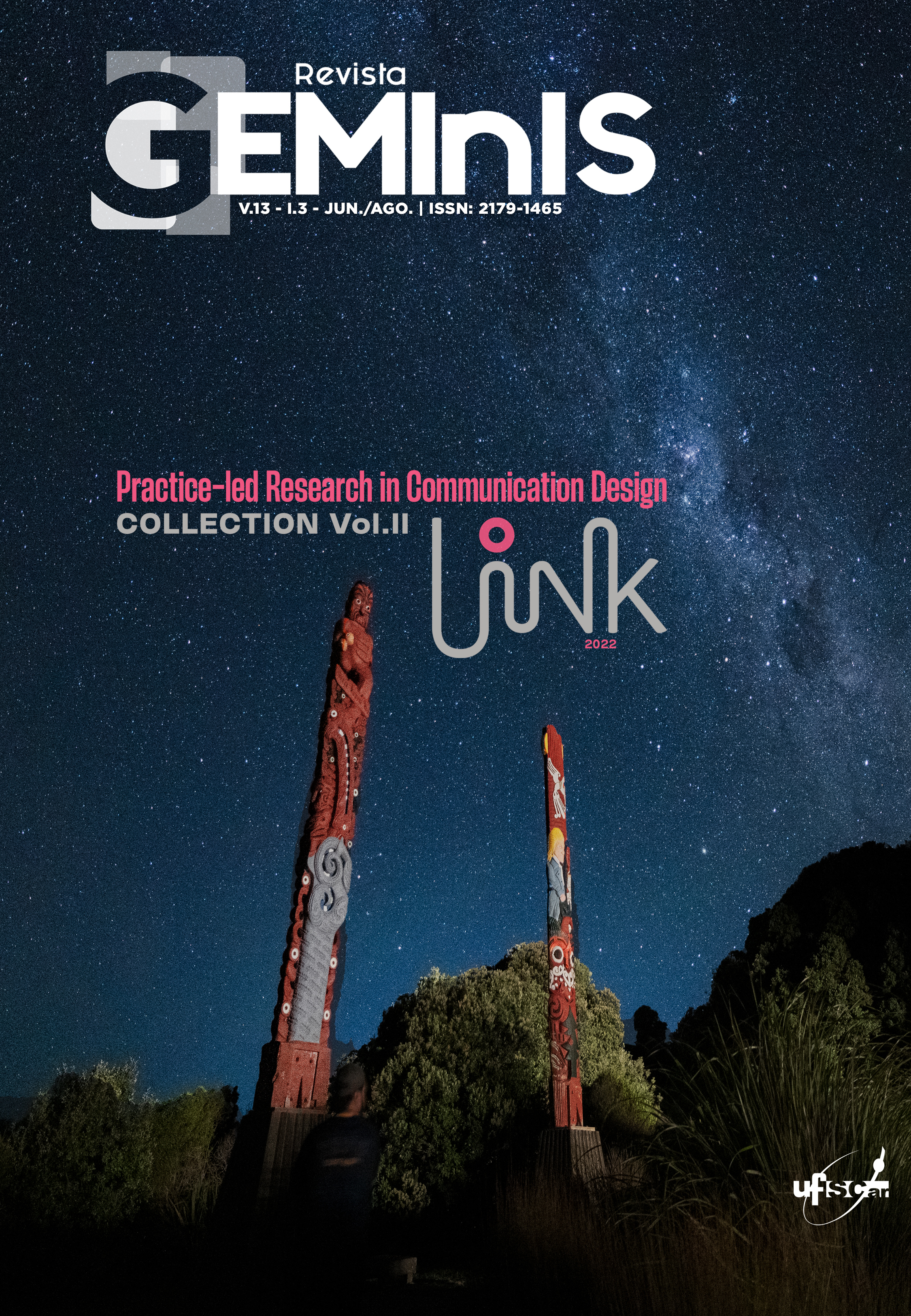Crunch: Analysis of the phenomenon in the independent game development scene
DOI:
https://doi.org/10.53450/2179-1465.RG.2022v13i3p5-15Keywords:
AAA Industry, Crunch time, Independent games, Indie Games, Video games industryAbstract
The games industry suffers from a mandatory unpaid overtime issue. This often takes place in the months prior to the game’s release or an important event, and it is referred to as "crunch" or "crunch time". Through a literature review, this paper investigates the widespread phenomenon of crunch time both in the AAA and the independent industry of digital games. We establish factors that influence this behaviour and provide examples of how it can affect the personal lives and mental health of the workers. We have also found that crunch is still an issue even with lone developers, and it is related to game development culture. This paper links a high incidence of the burnout syndrome and the low expectancy of time in the AAA industry—between 3 and 9 years (Cote & Harris, 2021)—among the video game workers to crunch. According to the IGDA, 42% of developers are subjected to crunch. We expect to shed a light on the issue and, by doing so, raise awareness about the unhealthy working conditions game workers are subjected to. We also hope that new and more realistic expectations can be created regarding independent game development, respecting the practice and its developers.
Downloads
References
Anthropy, A. (2012). Rise of the videogame zinesters: How freaks, normals, amateurs, artists, dreamers, drop-outs, queers, housewives, and people like you are taking back an art form. Seven Stories Press
Clement, J. (2021, September) Video gaming market size worldwide 2020-2025. 2021, Juniper Research, Statista. Retrieved May 17, 2021, from https://www.statista.com/statistics/253816/value-of-the-global-video-game-market-in-by-region/
Cote, A. C., & Harris, B. C. (2021). ‘Weekends became something other people did’: Understanding and intervening in the habitus of video game crunch. Convergence, 27(1), 161–176. https://doi.org/10.1177/1354856520913865
Crary, J. (2016). 24/7: capitalismo tardio e os fins do sono. Ubu Editora LTDA-ME.
Edholm, H., & Lidström, M. (2016). Crunch time: the Causes and Effects of Overtime in the Games Industry.
FOUCAULT, M. (2014). Vigiar e punir: nascimento da prisão. Petrópolis (RJ): Ed. Vozes.
Fox, T. (2015). Undertale. Self-Published. Various platforms.
Garda, M. B., & Grabarczyk, P. (2016). Is every indie game independent? Towards the concept of independent game. Game Studies, 16(1). Retrieved February 10th, 2021, from http://gamestudies.org/1601/articles/gardagrabarczyk.
Han, B. C. (2015). The burnout society. In The Burnout Society. Stanford University Press.
Hoffman, E. (2004). EA: The human story. Online. Retrieved June 18th, 2021, from: https://ea-spouse.livejournal.com/274.html
Juul, J. (2014, April). High-tech low-tech authenticity: The creation of independent style at the Independent Games Festival. In FDG. Retrieved February 10, 2021, from: https://www.jesperjuul.net/text/independentstyle/independentstyle.pdf
Kerr, A. (2011). The culture of gamework. In: Mark Deuze (Ed.), Managing Media Work. London (etc.): Sage
Persson, M., & Bergensten, J. (2011). Minecraft. Stockholm, Sweden: Mojang AB
Nesteriuk, S., Prieto, D., & Steagall, M. (2021a, December). Crunch: Analysis of the phenomenon in the independent game development scene. In Link Symposium Abstracts 2020 (Vol. 2, No. 1). https://doi.org/10.24135/link2021.v2i1.168
Nesteriuk, S., & Prieto, D. T. (2021b). Indie Games BR: estado da arte das pesquisas sobre jogos independentes no Brasil. SBC, Proceedings of SBGames 2021. XX Brazilian Symposium on Computer Games and Digital Entertainment: Industry Track. 2021- ISSN: 2179-2259
Rockstar, Spouse. (2010) Wives of Rockstar San Diego employees have collected themselves. Retrieved June 18th, 2021, from: https://www.gamedeveloper.com/disciplines/wives-of-rockstar-san-diego-employees-have-collected-themselves
Ruffino, P., & Woodcock, J. (2021). Game workers and the empire: unionisation in the UK video game industry. Games and Culture, 16(3), 317-328.
Schreier, J. (2017). Blood, sweat, and pixels: The triumphant, turbulent stories behind how video games are made. New York: Harper.
Watson, A. (2020). Film Industry – statistics & facts. 2020, Statista. Retrieved May 17, 2021, from https://www.statista.com/topics/964/film/#dossierKeyfigures
Woodcock, J. (2020). How to beat the boss: Game Workers Unite in Britain. Capital & Class, 44(4), 523-529.
Downloads
Published
How to Cite
Issue
Section
License
Copyright (c) 2022 Daniel Prieto, Sérgio Nesteriuk

This work is licensed under a Creative Commons Attribution-ShareAlike 4.0 International License.
Authors who publish in this journal agree to the following terms:
a. Authors retain copyright and grant the journal the right of first publication, with the work simultaneously licensed under a Creative Commons Attribution License that allows sharing of the work with acknowledgment of authorship and initial publication in this journal.
b. Authors are authorized to assume additional contracts separately, for non-exclusive distribution of the version of the work published in this journal (eg, to publish in an institutional repository or as a book chapter), with acknowledgment of authorship and initial publication in this journal.


